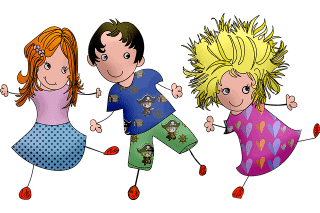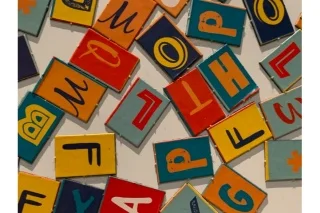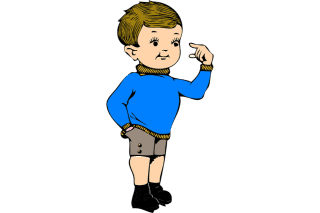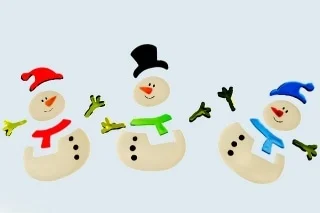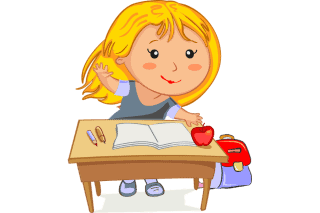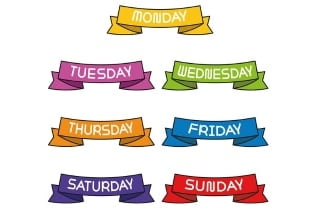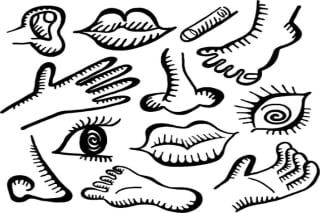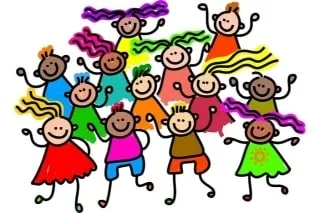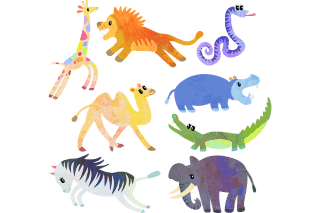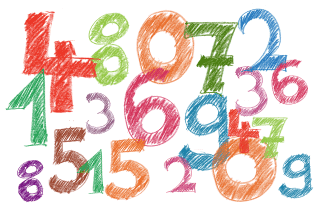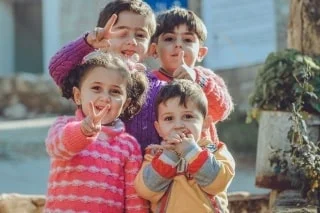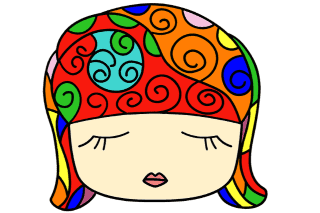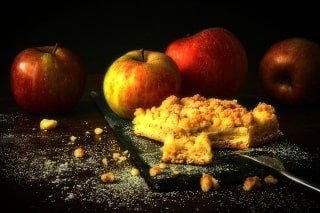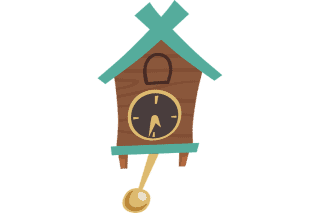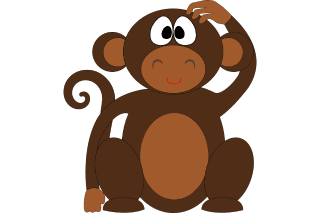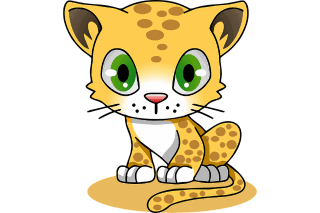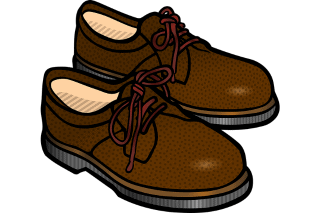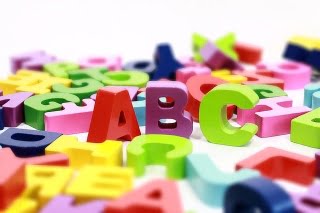
Dancing Rhymes
Here is the best collection of some very popular modern and traditional dancing rhymes for teaching dancing to the toddlers and young children’s. Not only do they provide a fun and enjoyable activity for children, but they also offer numerous benefits for their physical, emotional, and social development.
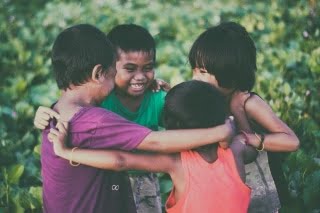
A Ram Sam Sam
"A Ram Sam Sam" is a popular rhyme all over the world. It is originally a Moroccan Arabic song.
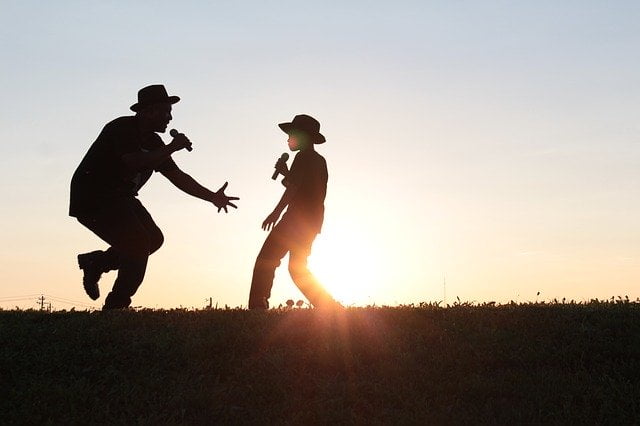
Dance to Your Daddy
It is a traditional English folk song from North-East England. It became popular when it was used as the theme tune of a TV series in 1970 on BBC, also called “When the Boat Comes In”. It has also featured in a TV advertisement for fish products.
One of the most significant benefits of rhymes on dancing is their ability to promote physical activity and movement. In today’s society, where many children spend a significant amount of time in front of screens, these rhymes provide a healthy and fun way for children to get up and move their bodies.
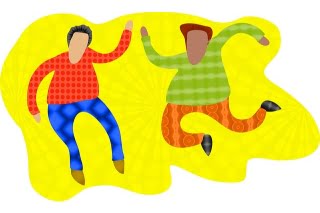
Hokey Cokey
It is a joyful kids' nursery rhyme and participation song. Most often it is performed as an action songs or dancing songs where children must perform certain actions during the lyrics. At the social gatherings, this song encourages to dance in a group.
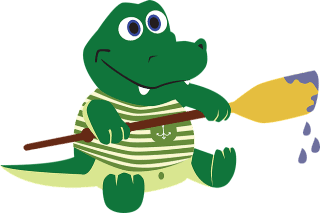
A Sailor Went to Sea
Each verse in this classic kids rhyme gets harder and harder, making it super fun to sing! And while singing about the sailor’s adventures children frequently offer their own substitutions.
Dancing rhymes often incorporate actions and movements that help children develop their gross motor skills, such as jumping, hopping, and spinning, as well as their fine motor skills, such as clapping and finger play. offer numerous benefits for their physical, emotional, and social development.
In addition to their physical benefits, rhymes on dancing also play an important role in emotional and social development. These rhymes often have a fun and upbeat tone, which can help to improve children’s mood and reduce stress and anxiety. Dancing with others also promotes social interaction and cooperation, helping children to develop important social skills such as communication, teamwork, and empathy.
Another significant benefit of dancing rhymes is their ability to enhance cognitive development. Many rhymes on dancing involve counting or reciting repetitive phrases, which can help to improve children’s memory and cognitive processing abilities. These rhymes can also be used to teach children about different cultures and traditions, as many traditional dances are incorporated into these rhymes.
Additionally, dancing rhymes can be easily adapted to different age groups and abilities, making them accessible to all children. For younger children, simple actions and movements can be incorporated into the rhymes, while older children can learn more complex dances and movements.
Frequently asked questions (FAQ's) based on 'Dancing Rhymes'
Answer: Dancing rhymes can help children with their coordination and balance by incorporating physical movements that require coordination and balance, such as jumping, hopping, and spinning. By practicing these movements, children can improve their gross motor skills and develop better balance and coordination.
Answer: Dancing rhymes can benefit children’s mental health by providing a fun and engaging activity that can help to reduce stress and anxiety. Dancing rhymes can also boost mood and improve self-esteem by giving children a sense of accomplishment and enjoyment.
Answer: Parents can incorporate these rhymes into their child’s daily routine by playing music and encouraging their child to dance and move along with the rhythm. They can also teach their child simple rhymes with actions, such as “Hokey Pokey”.
Answer: Yes, these rhymes can be used to teach children about different cultures by incorporating traditional dances and music from different countries into the rhymes. By learning about different cultures through dance, children can develop a greater appreciation and understanding of diversity and inclusivity.
Answer: Teachers can use these rhymes to promote teamwork and collaboration among students by teaching group dances and encouraging students to work together to create their own dance routines. This can help to develop important social skills such as communication, cooperation, and empathy.
Answer: These rhymes can be adapted for children with different abilities and needs by modifying the physical movements and actions to accommodate their individual needs. For example, children with mobility impairments can participate in seated dancing or modified movements, while children with sensory processing disorders may benefit from slower and less complex movements.
Related links
Categories
Other popular rhymes
Other related keywords and search's
- dancing rhymes in english lyrics
- dance rhyme poems
- nursery rhymes with dance steps
- rhymes with dancing and prancing
- rhymes with piping
- leaping rhymes
- dancing rhymes for toddlers
- dancing rhymes for babies
- dancing rhymes for preschoolers
- dancing rhymes word
- examples of dancing rhymes
- baby dancing rhymes
- dancing nursery rhymes
- dancing nursery rhymes songs
- dancing near rhymes
- dancing close rhymes
- popular dancing style rhymes
- famous poems about dance
- short poems about dance
- poetry on dance in english
- poems about dance and life
- dance and sing lyrics
- nursery rhymes lyrics pdf
- nursery rhymes dance little baby
- dancing rhymes in hindi for kids
- nursery dancing rhymes in english
- best dancing rhymes in english


